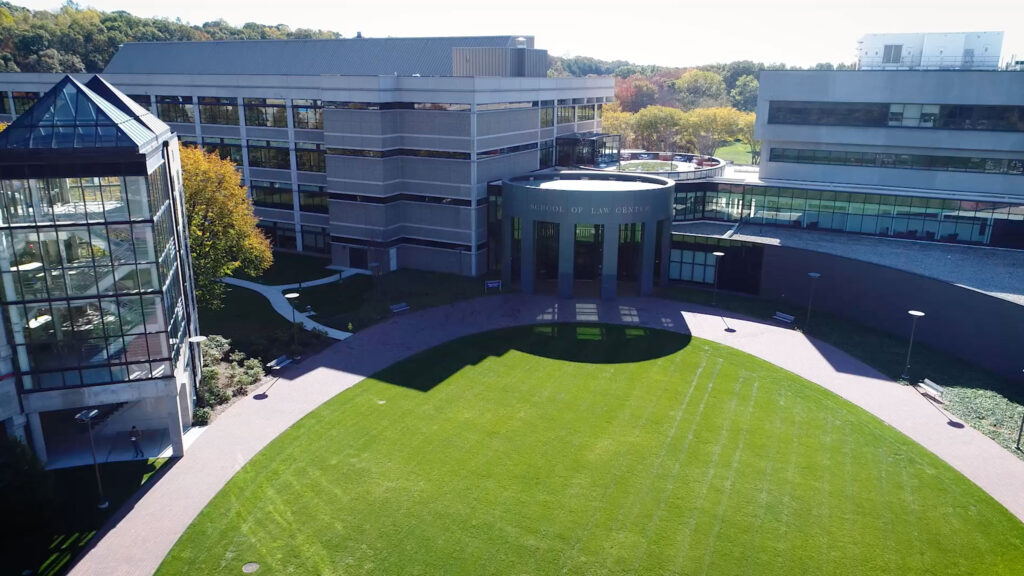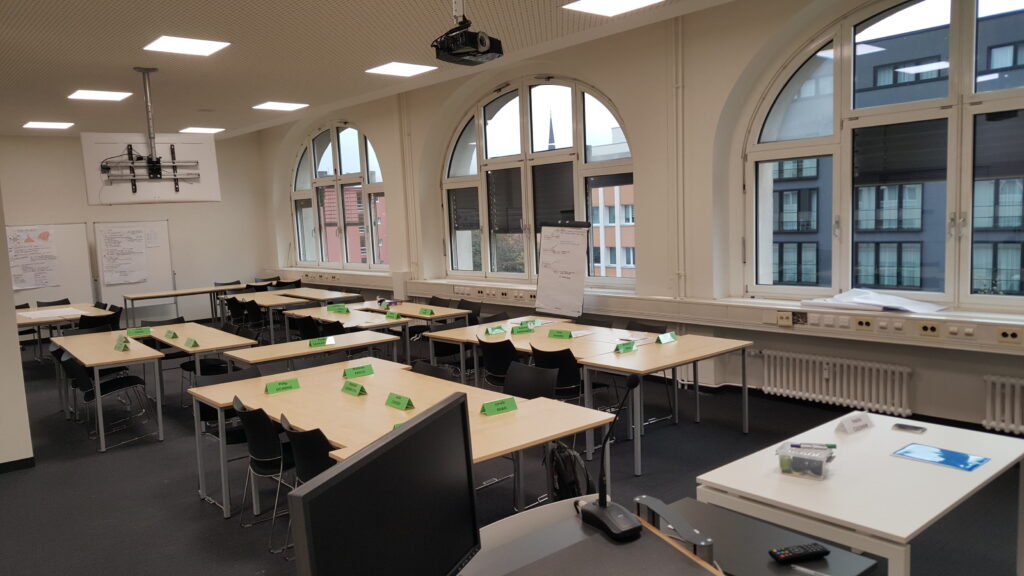What kind of perfect school should be? Scientists’ opinion

The Moscow Higher School of Social and Economic Sciences found out what the school should be like to give the highest educational results. International and domestic research, as well as examples from other countries, helped them to do so. Specialists say: primary school should last six years, the school itself should not exceed 800 students, and bullying and cheating should be eliminated. Besides, the lecture model of teaching should become a thing of the past: pupils should talk more and not sit in the classroom.
Elena Lenskaya, Dean of the Faculty of Management in Education, noted that modern educational complexes designed for several thousand students are outdated: they are difficult to manage and they depersonalize students. Schools should be small, and the state should support small rural schools with disabilities most of all – as in Estonia, which has already been ranked first twice in Europe in the international student assessment programme PISA.
In an ideal school, the performance of tasks takes no more than 45 minutes per day. And all the assignments must be checked by the teacher and it is not so important to put the grade in the points. In primary school, you can just praise the student and point him or her to topics in which he or she should be more attentive – in short, make sure that the self-esteem of the child does not suffer. The scientists’ proposal is based on the experience of other countries where this system has long been used (e.g. Finland).
Speaking of junior classes: specialists offer to “extend” primary school from 4 to 6 years. The usefulness of this, again, has been proven by other countries: Russia has the shortest primary school in Europe. The “beginning” must last longer, if only because it is during this period that the child has the basis for further subject study and must have time to consolidate itself. Some researchers believe that, for example, the speed of reading does not change much in a person from the age of 12 years: that is, approximately from the 5th grade a person reads at the same speed as an adult. And it is logical to spend more time developing this skill to make it easier for the student to master the further curriculum.
An important sign of an ideal school is that teachers communicate with each other on professional topics. This means more round tables, briefings, curriculum discussions and optimal student workload. At the same time, homework for each subject should be in balance with each other, so that it does not work that the child does a commensurate amount of each of the subjects on the same day.

Another sad statistics of Russian schools – almost every headmaster in the TALIS study admitted that students in his school are cheating. In an ideal school, a student does not cheat because the system is not designed to get good results in any way. And teachers don’t turn a blind eye to cheat sheets at important regional checkups.
In an ideal school, specialized training is not mass-produced. That is, all schoolchildren are not divided into doctors, engineers, cadets and other specialized students. After all, a child can change his or her mind a hundred times, and earned regalia, diplomas and additional points and benefits on admission will pull him or her back into an unloved profession. Meanwhile, the country has already started to open engineering kindergartens – what will all these children eventually work as?
And, of course, the ideal school should be taught by real professionals. In South Korea, for example, only 30% of university graduates go straight to work in schools after the institute – the rest have to “pull” their skills within one or two years to pass the professional exam. The rotation system borrowed from Asian countries would also have a beneficial impact: teachers and headmasters cannot work in the same institution for more than 5 years. All teachers in an ideal school should be interested in introducing new teaching methods: for example, “inverted class”, when a student learns a new topic at home and comes to class to parse tasks with the teacher, or a project method or group work.
Meanwhile, the country’s school system is far from ideal. For example, instead of reducing schools, they are combined to create huge and difficult-to-manage school complexes. Teachers, especially in rural schools, teach “the old-fashioned way” – without introducing new methods, simply by telling the subject and checking “homework”. And in general, the pedagogical composition of schools is more than 50% composed of people over 45 years old.
However, one cannot but be glad that today the state pays much attention to the training of teachers and the change of teaching methods in schools. The buildings are actively equipped with new equipment (interactive whiteboards, laptops, laboratories with 3D printers and laser machines, robotics classrooms, media equipment, etc.), and the teachers themselves are taught to engage children of the digital generation through electronic textbooks, online lessons and other technologies that the previous generation did not even dream about. What will happen to the school system next will show time, but for now we can only observe trends. Can we make our schoolchildren the smartest and most erudite? What will the development of inclusive education lead to? How will children be affected by permanent presence in the online space? So far, these and other questions have no answers.
Recent Comments